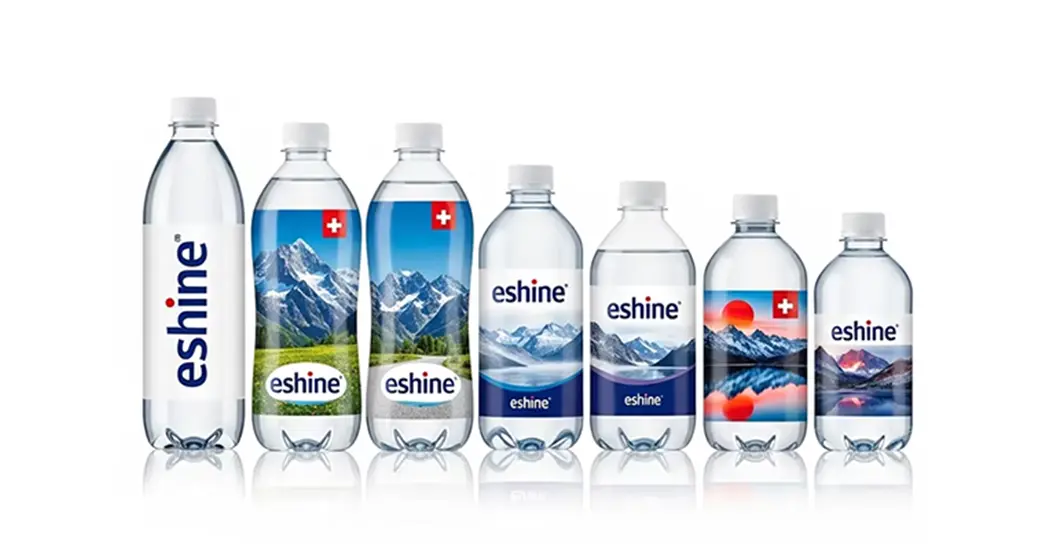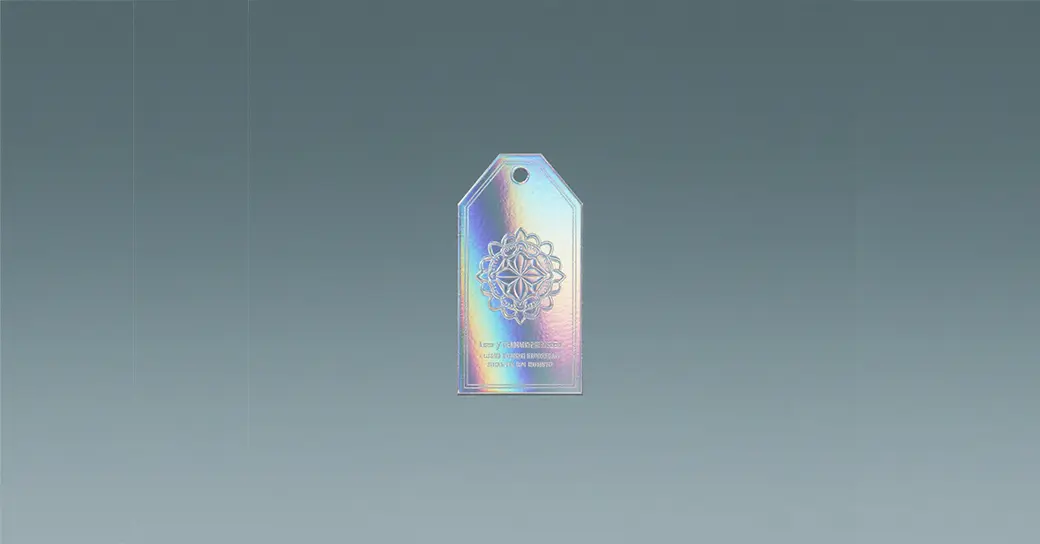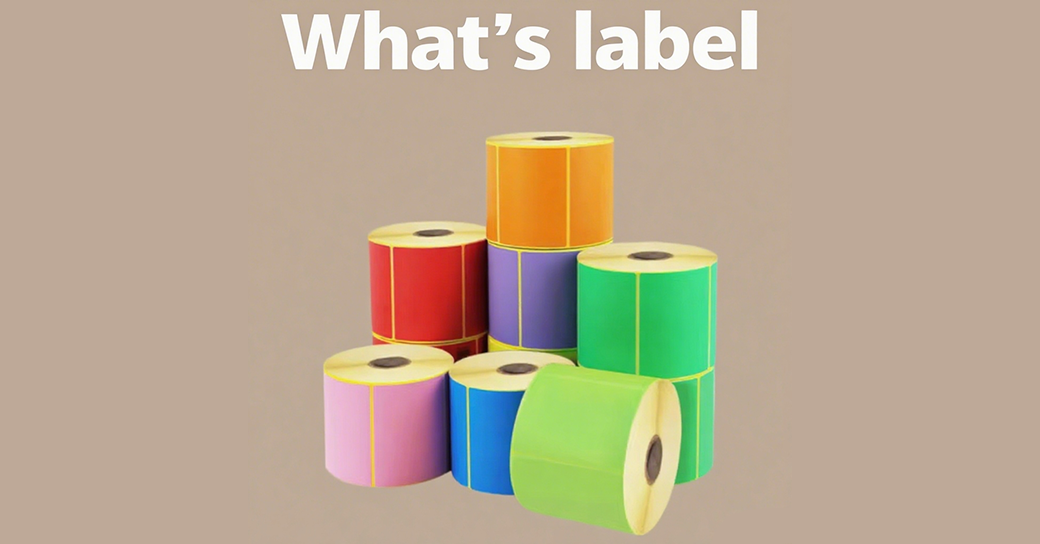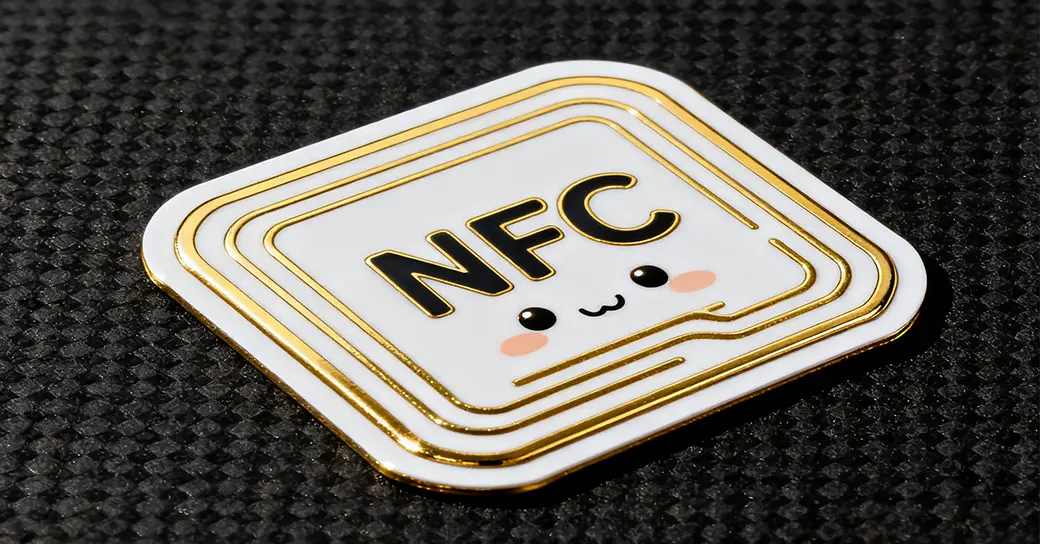Diversified label materials
At a time when the packaging industry is rapidly iterating and market demand is becoming increasingly refined, the field of label materials is undergoing profound changes. Recently, reporters visited a number of packaging material companies and industry exhibitions and found that labels of different materials have continued to expand their application boundaries in the market segments with their unique performance advantages, becoming an important force in promoting the upgrading of the packaging industry.
As the traditional main force, paper labels have consolidated their market position through technological improvements. With its high gloss and ink adsorption, coated paper is still the mainstream choice in the food and beauty industries. The head of a snack food company revealed that its product labels are printed on coated paper with high color reproduction, which can effectively attract consumers' attention; and the improvement of environmental awareness has brought growth opportunities for materials such as kraft paper and recycled paper. Brands such as Starbucks and Muji have adopted such materials to convey the concept of sustainability. However, the waterproof shortcomings of paper labels are still significant. For this reason, companies have introduced improved technologies such as lamination and coating to gradually increase their application in the field of refrigerated food packaging.
Plastic labels continue to make breakthroughs in functionality. PET material has become the "standard configuration" of beverages and daily chemical products with its high transparency, temperature resistance and chemical stability. A mineral water producer said that PET labels can not only achieve seamless bonding between the bottle and the label, but also withstand a temperature difference of -20℃ to 120℃, meeting the needs of cold chain transportation and high-temperature sterilization; in contrast, PVC labels are still competitive in the industrial field due to their cost advantages, but with the advancement of the EU's "Packaging and Packaging Waste Regulation" (PPWR), its market share is gradually shifting to more environmentally friendly alternative materials.
Degradable labels have become a new engine for industry growth. Bio-based materials represented by corn starch and bamboo fiber have attracted many high-end organic food and pharmaceutical companies to deploy with their natural degradation characteristics of 6-12 months. The R&D director of an environmentally friendly packaging company introduced that through nano-coating technology, the moisture resistance of the corn starch labels it produces has increased by 40%, and has obtained the EU EN 13432 degradation certification; however, the current cost of such labels is 30%-50% higher than that of traditional materials, and large-scale popularization still requires dual policy and technology drivers.
In addition, special materials such as thermal paper, fragile paper, and RFID smart labels play an irreplaceable role in smart retail, anti-counterfeiting and traceability. After a logistics company introduced thermal paper electronic waybills, the printing cost of a single ticket was reduced by 20% and the efficiency was increased by 50%; and RFID tags with integrated NFC chips are becoming the core technology for anti-counterfeiting and supply chain management of luxury goods and electronic products.
"In the future, label materials will develop in the direction of multifunctional composite, low-carbon and environmentally friendly, and digital interaction." Experts from the China Packaging Federation said that companies need to increase R&D investment and meet the diverse needs of brand owners for product differentiation, sustainability and intelligence through material innovation and process upgrades.













